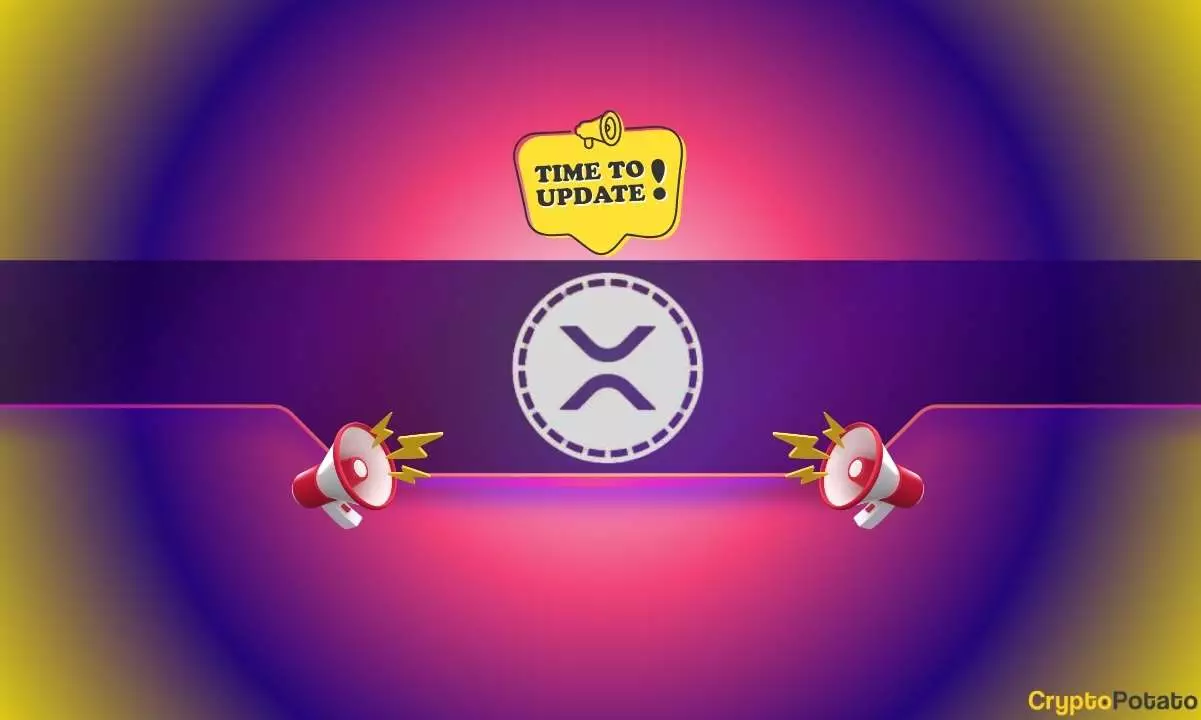Ripple has garnered significant attention with its announcement of RLUSD, a stablecoin pegged to the US dollar and developed for both the XRP Ledger and Ethereum networks. The stablecoin’s entry into the cryptocurrency landscape signifies Ripple’s ambition to solidify its position in the evolving financial ecosystem. Currently in beta testing, RLUSD’s official launch hinges on securing regulatory approval from the New York Department of Financial Services (NYDFS), making it imperative for Ripple to navigate the intricate regulatory landscape effectively.
Ripple has already established partnerships with several prominent exchanges, including Bitstamp, Bitso, Uphold, and others, to facilitate the anticipated trading of RLUSD. These collaborations not only enhance the legitimacy of RLUSD but also position it for a wider reach upon launch. By engaging with well-known platforms, Ripple is efficiently setting the stage for a seamless integration of RLUSD into the broader market. As the application process with NYDFS unfolds, these partnerships could be pivotal in enhancing user trust and expanding market access.
Monica Long, Ripple’s president, recently shed light on the potential future of stablecoins during an interview. She projected that the total market cap of stablecoins, currently estimated at $180 billion, could surge to over $3 trillion within the next few years. This anticipated growth is driven partly by the increasing demand for efficient payment solutions across global markets. As digital transactions become ubiquitous, the appeal of stablecoins—known for their stability in a volatile cryptocurrency ecosystem—is likely to rise significantly.
Despite being “operationally ready,” as claimed by Long, Ripple must first clear the regulatory hurdles presented by the NYDFS before RLUSD can officially launch. The scrutiny surrounding cryptocurrencies poses a layered challenge, as compliance with varying regulatory standards is crucial for any successful launch. Long emphasized that the approval process is wholly contingent upon the NYDFS’s review of Ripple’s trust application, indicating that patience and strategic planning will be essential in this phase.
The stablecoin sector is characterized by its uniquely pegged valuations, often linked to fiat currencies or commodities. This guarantees their appeal for fast, cross-border transactions and servicing a variety of financial needs. The current market is predominantly led by Tether (USDT) and Circle’s USDC, with Tether maintaining a formidable market cap, which recently reached $125 billion. Conversely, USDC has shown volatility, reflecting the overall instability present within the crypto space.
While Ripple’s RLUSD strives to carve its niche within this competitive framework, it also faces the broader implications of potential de-dollarization, wherein future stablecoins may align themselves with various international currencies. This potential shift in focus reflects a changing socio-economic landscape that could redefine monetary relationships.
As Ripple navigates through beta testing and anticipates regulatory approval for RLUSD, all eyes will be on the increasing demand for stablecoins and their respective roles in digital finance. Strategies, partnerships, and regulatory compliance will be crucial for a successful launch. If executed effectively, RLUSD could not only enhance Ripple’s standing in the crypto market but also contribute significantly to the overall evolution of stablecoins in a rapidly transforming financial environment.


Leave a Reply